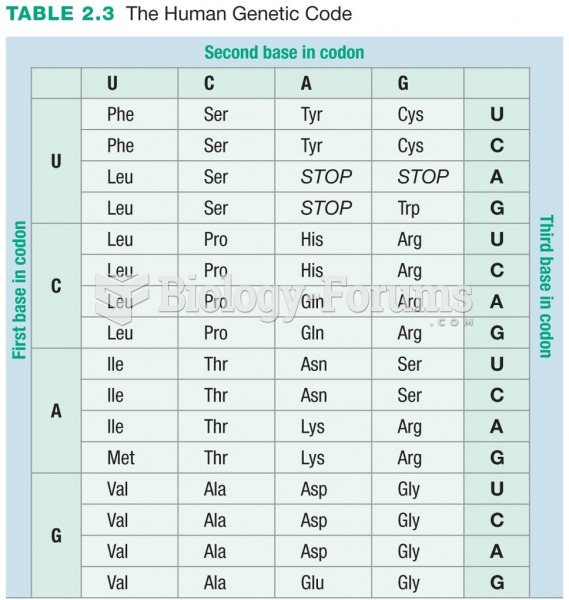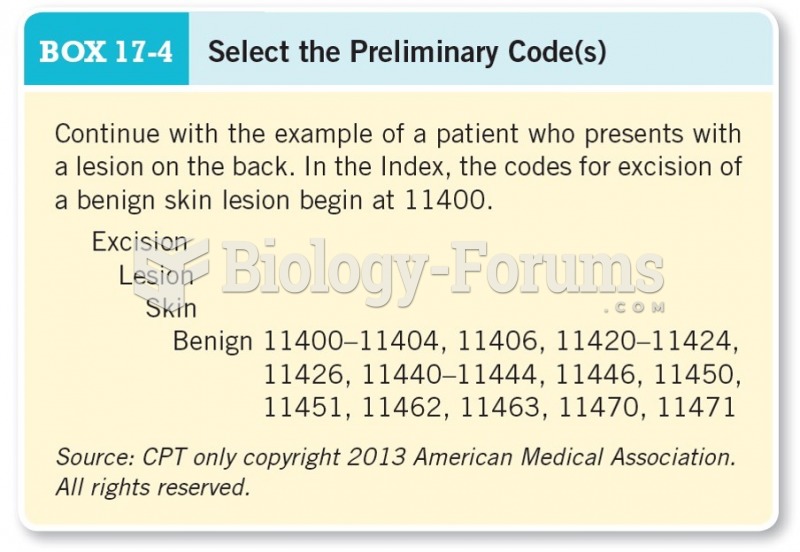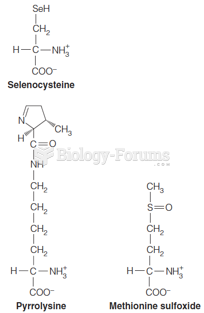Code the following physician encounters using ICD-9-CM, ICD-10-CM, and CPT. Sequence the codes in the correct order. Assign any needed modifiers.
PHYSICIAN OFFICE VISITPATIENT: JULIEOFFICE RECORDNUMBER: 09-68-23DATEOFSERVICE: 01-10-XX PHYSICIAN: DR. KIM. M. D. SUBJECTIVE: This 53-year-old female established patient presents with a chief concern of several week history of stuffy nose with nasal congestion and blowing brown stuff out of her nose. She has also had some plugging of he rears. She is not having any wheezing or difficulty breathing. She also wanted to talk about getting Reclast for osteoporosis, which is once a year injection intravenously.
OBJECTIVE: Temperature is 97. 5, blood pressure 120/60, pulse 80, and respirations 16. GENERAL: She is a pleasant women resting in no acute distress. EYES: Mild conjunctival injection. No discharge. ENT: The nasal mucosa is beefy red with greenish-brown rhinorrhea. Mild posterior pharyngeal erythema. The tympanic membranes are normal in color and landmarks. NECK: Supple. No lymphadenopathy. No meningismus. LUNGS: Completely clear to auscultation. No crackles or wheezes. She is breathing comfortably.
ASSESSEMENT:
Acute sinusitis with a history of methicillin-resistant
Staphylococcus aureus on nasal cultures.
Osteoporosis. PLAN: Prescription for clindamycin 150 mg four times daily, 10days #40 with no refills. We will make arrangements for her to get Reclast infusions once yearly.
ICD-9-CM diagnosis code(s): _____________________
ICD-10-CM diagnosis code(s): _____________________
CPT code(s) with modifier, if applicable: _____________________







